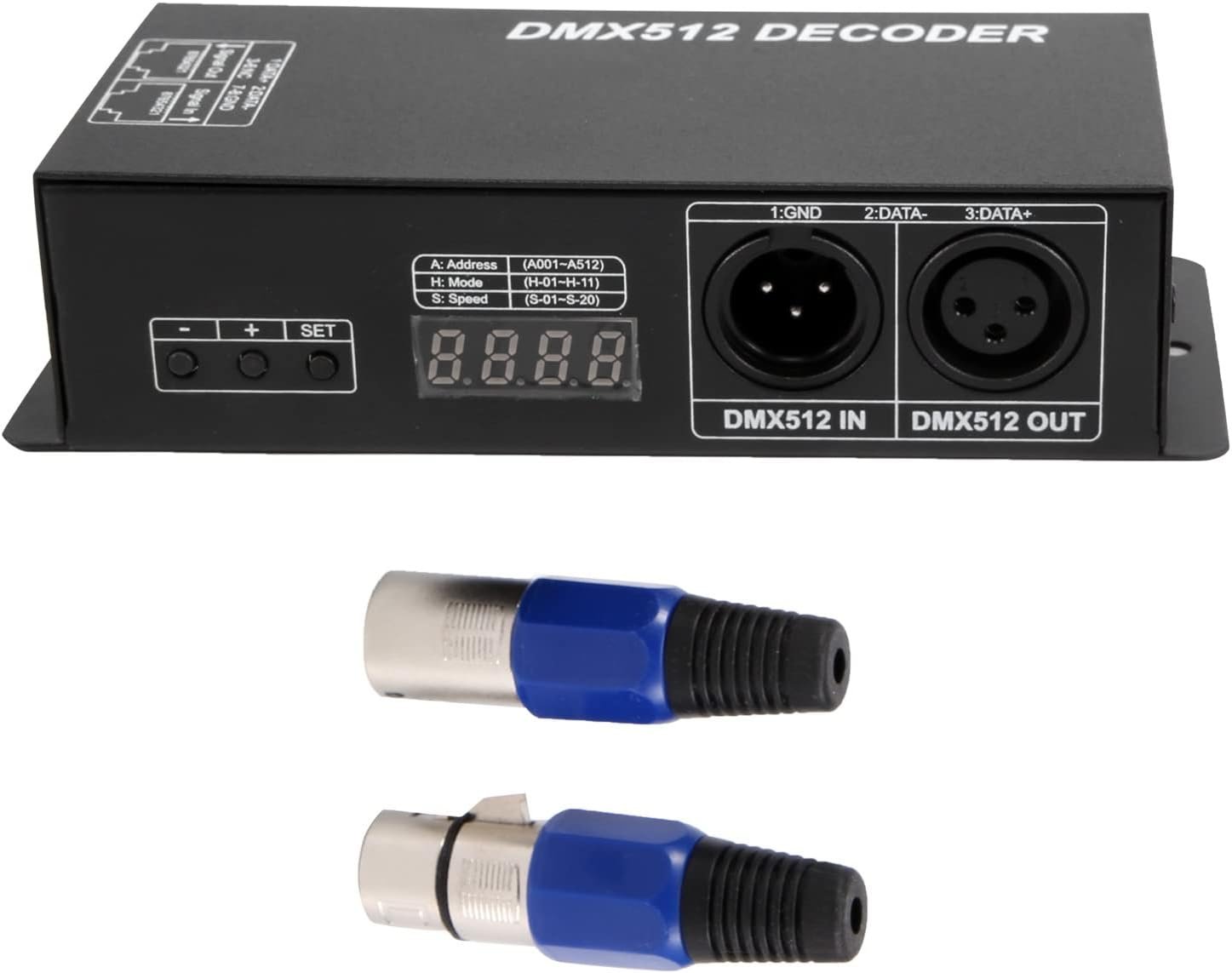
Project XOXO
Montréal, 2024
Project XOXO is a set of sixteen LED structures commissioned by Exposé Noir, a techno collective based in Montréal, Canada. The sculpture was unveiled on February 3rd 2024, at a rave showcasing techno DJs Wata Igarashi, Takaaki Itoh, Isabel Soto, and DJ Hidi. The event was hosted in collaboration with the Consulate-General of Japan in Montreal.
Project XOXO consists of ten-foot-long LED fixtures controlled through a DMX interface. I designed the system, selected the parts, assembled the electronics, and installed the sculpture at the venue.
The system is fully modular, and each of the 16 fixtures consists of 3 parts: an LED component, a DMX interface, and a custom cable to connect the two.
Fixtures are connected in a daisy chain via DMX cables to the DMX interface controlling the light show.
The base for the LED component was cherry wood, cut into 1' X 1' pieces of 10 feet. The LED component were dense strips of RGB LEDs. I chose RGB strips rather than addressable LEDs to simplify the system and make it work with the available DMX control board. In the future, I hope to use addressable LEDs controlled through TouchDesigner.
I soldered the input to the LED strips to 4-pin aviation connectors and hid the connection inside the wooden frame. The LED strips were glued to aluminum rails and covered with diffusers.
Each light fixture was connected to a decoder which transformed the digital DMX signal into an analog signal controlling the LEDs. We used pre-built 4-channel decoders (even though each light only required 3 channels for Red, Green, and Blue).
To connect to the decoders, I built an interface using 4-pin aviation connectors soldered to wires. Each wire was screwed to the back of the decoder. Each component was secured with heat shrink wrap to improve durability and prevent shorts.
I decided to use the female part of the aviation connectors on both the LED components and the decoders, thinking it would make for simpler packaging. However, this created the need to build custom wires to connect them. To achieve this goal, I soldered the female part of the aviation connectors to pieces of 18 AWG 4-conductor wire.
After testing each component deep into the night at the workshop, the sixteen fixtures were transported to the venue. The LED components were fastened to the wall using velcro mounted on top of gaffer tape. Each fixture had to be connected to a power outlet and linked to one another using DMX cables.
While it would have been better to build hard enclosures for each DMX decoder (e.g. 3D, time was short and they rather were hidden from the dancers behind benches or taped to the wall.











